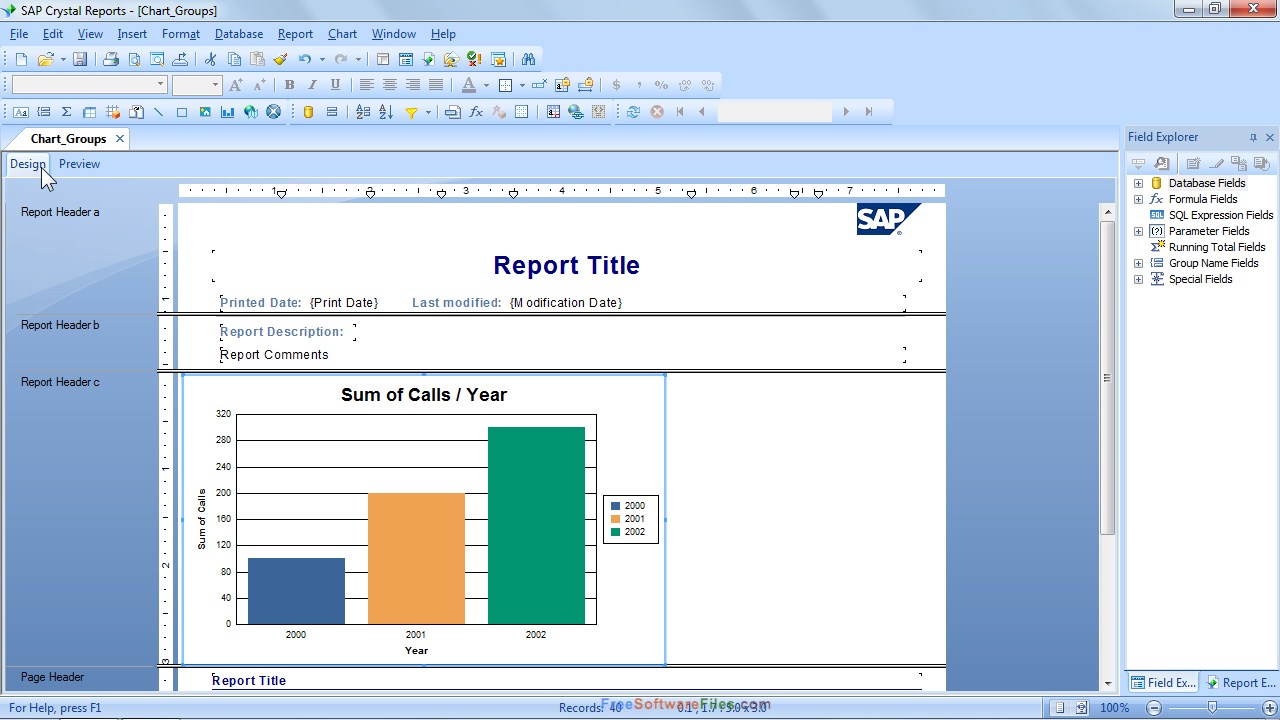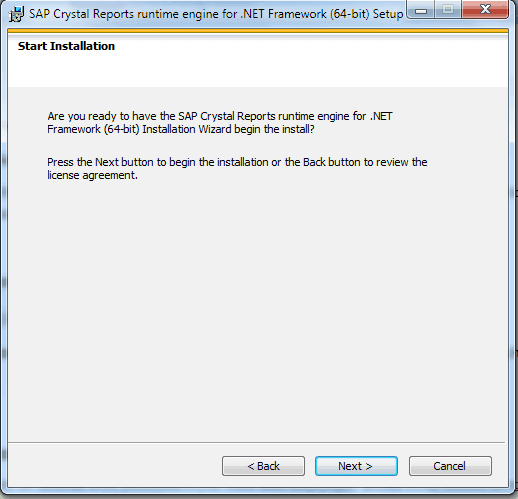

You should be able to find basic RDC .DEP files in the bin directory of your specific Crystal reports version. Do not try to use / create. As the Deployment & Packaging Wizard uses. Merge modules are the only supported deployment option from Crystal Reports 10 onwards. Note that the Deployment & Packaging Wizard does not support merge modules. Merge module deployment was introduced in version 9 of Crystal Reports. Up to version 9 of Crystal Reports, runtime file deployment could and typically was done using the Microsoft Deployment & Packaging Wizard. This includes any and all Business Objects references. And in actual fact, you are not licensed to use these in development. In version XI r2, the references in a VB 6 project would look like this:ĬraxDrt.dll Crystal Reports ActiveX Designer Run Time Library 11.5ĬraxDDrt.dll Crystal Reports ActiveX Designer and Design Run Time Library 11.5Ĭrviewer.dll Crystal ActiveX report Viewer Library 11.5Įven though you will see other Crystal Reports references in the VB 6 references list, you do not need to use any of these.

Your project should thus reference at most, two dlls craxDrt.dll (craxDDrt.dll if using RCAPIs) and crviewer.dll. CraxDDrt.dll should only be used if your project calls for the use of Report Creation APIs and entails further licensing issues (more below). Since there are two “engines”, craxDrt.dll and craxDDrt.dll, which is better to use? If you are not using Report Creation APIs (RCAPIS), use the craxDrt.dll. The crviewer.dll is an ActiveX viewer control that displays the actual report at runtime. The craxDrt.dll, craxDDrt.dll can be considered as the “engines” that perform the real work of the SDK.

In version 9 of Crystal Reports, the file names were craxDrt9.dll, craxDDrt9.dll and the crviewer9.dll. The three basic files of the RDC SDK are the craxDrt.dll, craxDDrt.dll and the crviewer.dll. “Supported Platforms.doc” for CR XI release 2 can be found here: Something to keep in mind any issues encountered in environments not specified in the “Supported Platforms.doc” have to be duplicated in a supported environment before being escalated for a possible fix. The RDC is a COM solution, built more specifically for VB 5 and then VB 6 as well as C++, though theoretically the RDC should work on any COM compliant development language.

Note that “patch” support for the XI r2 RDC ends Maand support will cease completely in June 2010. Last version of Crystal Reports to ship the RDC is XI release 2 (11.5). The RDC succeeded the Automation Server in version 7 of Crystal Reports (CR). For the most part I also limit the this Blog to Crystal reports XI release 2 as this is the last version to ship the RDC. From my experience, the RDC was used for the most part in Microsoft Visual Basic applications and thus this Blog is more specific to VB programmers. In this Blog I’d like to capture my historical knowledge, clarify some of the misconceptions, provide links to more resources and point out ways to proceed beyond the RDC. Even though the Crystal Reports Report Designer Component (RDC) has been retired in Crystal reports 2008, there are still many misconceptions about the RDC.


 0 kommentar(er)
0 kommentar(er)
